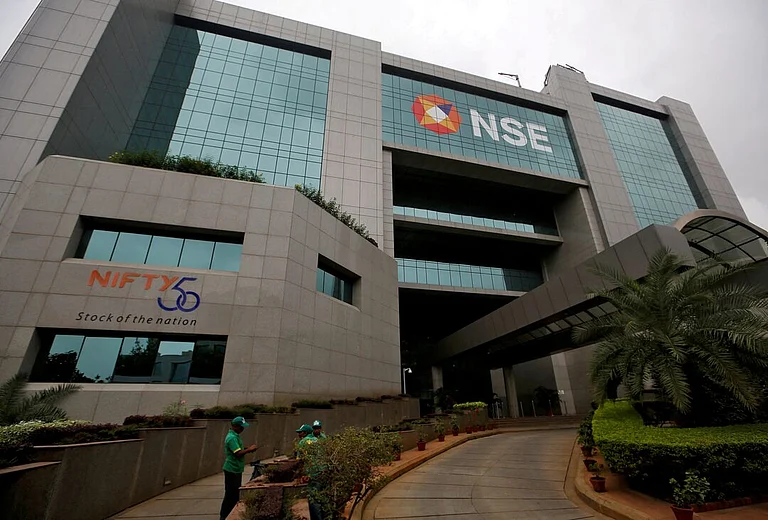NSE F&O Exclusion: The National Stock Exchange (NSE) is set to exclude eight stocks from the derivatives (Futures and Options or F&O) segment, in line with revised eligibility norms set by capital markets regulator Securities and Exchange Board of India (Sebi). In a circular dated June 23, the Exchange said that no new F&O contracts will be issued for these stocks once the current series expires.
The stocks that will exit the F&O segment include Aditya Birla Fashion and Retail (ABFRL), Adani Total Gas (ATGL), CESC, Granules India, IRB Infrastructure, Jindal Stainless (JSL), Poonawalla Fincorp, SJVN.
While no fresh contracts will be introduced for these securities, the existing contracts for expiry months June, July, and August 2025 will remain available for trading until their respective expiry dates. The exchange also clarified that new strike prices will continue to be introduced for these existing contract months.
The exclusion will come into full effect on August 29, 2025, after which these eight securities will no longer be available in the derivatives segment.
F&O Exclusion Criteria
According to the eligibility criteria for entry and exit of stocks in derivatives segment issued by Sebi, a stock can be removed from the F&O segment if it fails to meet certain trading and liquidity thresholds for three consecutive months across all exchanges.
To understand the exit criteria, let us first look at the criteria for staying in the F&O.
1. The stock should be among the top 500 listed companies in terms of average daily market capitalisation and trading volume over the last six months.
2. There needs to be broad market interest. Either 15 per cent of all active derivatives traders, or at least 200 traders per month, must be trading contracts on the stock consistently.
3. The median order size in the stock's derivatives segment should not fall below Rs 75 lakh.
4. The stock should be traded on at least 75 per cent of all trading days during the review period.
5. It should have a market-wide position limit (MWPL) of at least Rs 1,500 crore, a measure that reflects how much total open interest exists in the stock across the market.
6. The combined average daily turnover, from both futures and options, should be Rs 75 crore or more.
7. The stock also needs to show Rs 35 crore or more in average daily delivery volume in the cash segment.
8. Lastly, the stock must have at least Rs 500 crore in average notional open interest across futures and options contracts.
If a stock fails to meet these standards for three months in a row, and on all stock exchanges, it becomes ineligible to remain in the F&O segment.
Can Excluded Stocks Be Included Again In F&O
According to the NSE, any stock that is excluded from derivatives trading cannot be considered for re-inclusion for at least one year.
After that, it still needs to prove itself by meeting all of Sebi’s eligibility rules for six months straight before it can be re-considered for inclusion. However, the re-introduction is still subject to Sebi’s approval.
How F&O Exclusion Impacts Trading Volumes
According to Ravi Singh, Senior Vice President of Retail Research at Religare Broking, the exclusion of stocks from the F&O segment is likely to impact their trading activity. He explained that once a stock is removed from derivatives trading, it often sees a drop in interest from traders and investors.
"Without derivatives, there will be less participation from arbitrageurs and speculators, which can reduce average daily volumes," he said.
Singh also noted that the exclusion may also lead to higher volatility in the cash segment. "Being in the F&O segment usually increases liquidity in the cash market too, as traders and institutional investors prefer stocks they can hedge. With reduced institutional interest, price discovery may be impacted."
Singh further said, "In the short term, traders might shift their focus to other active F&O stocks. However, long-term investors are unlikely to be affected. Overall, removal from the F&O segment generally leads to a fall in trading volumes, reduced visibility, and lower market participation for the affected stocks."














